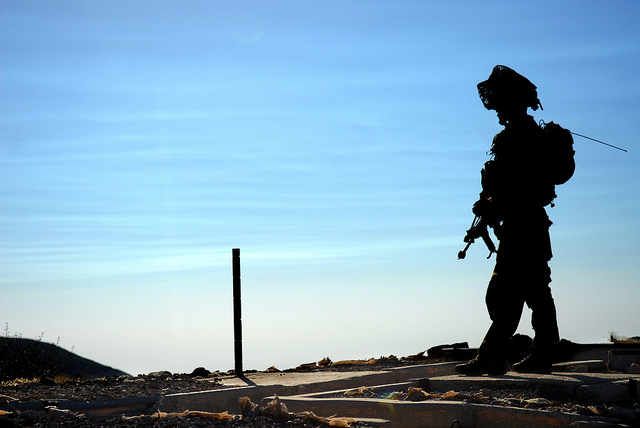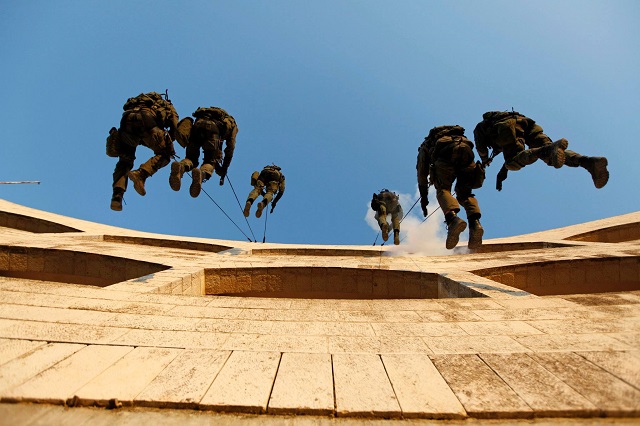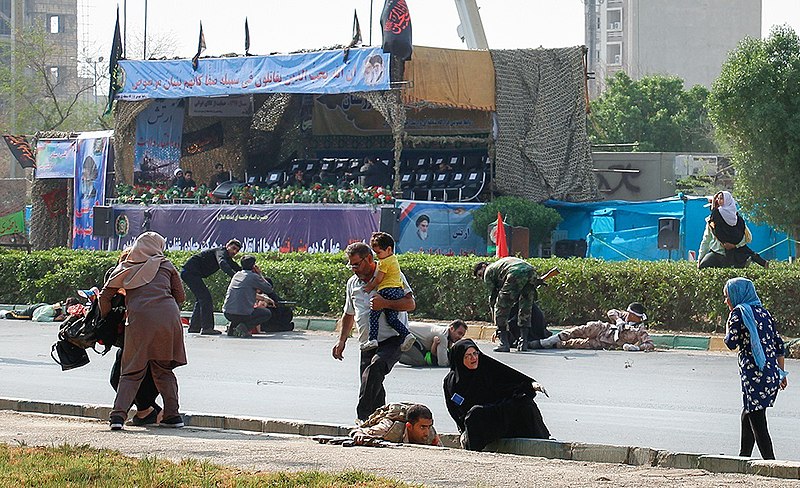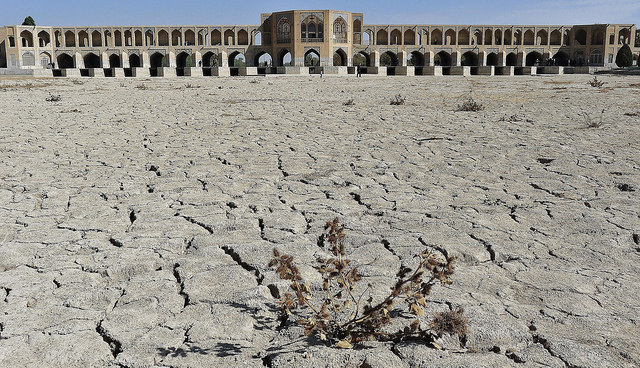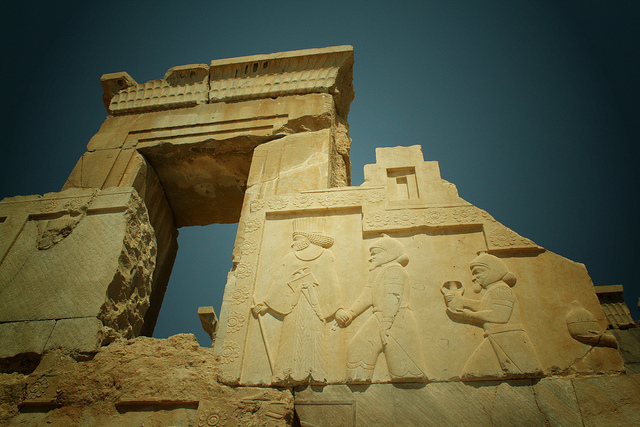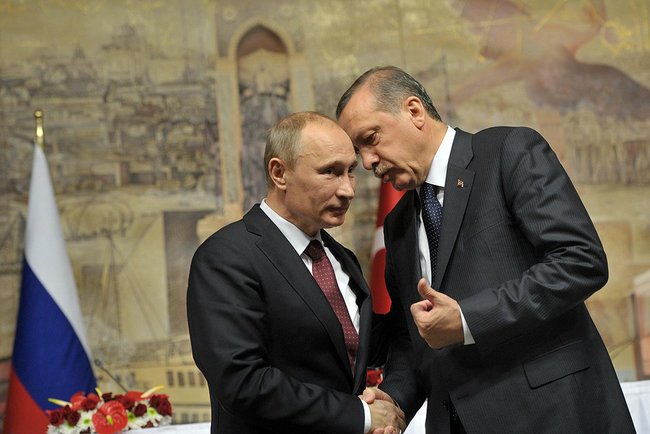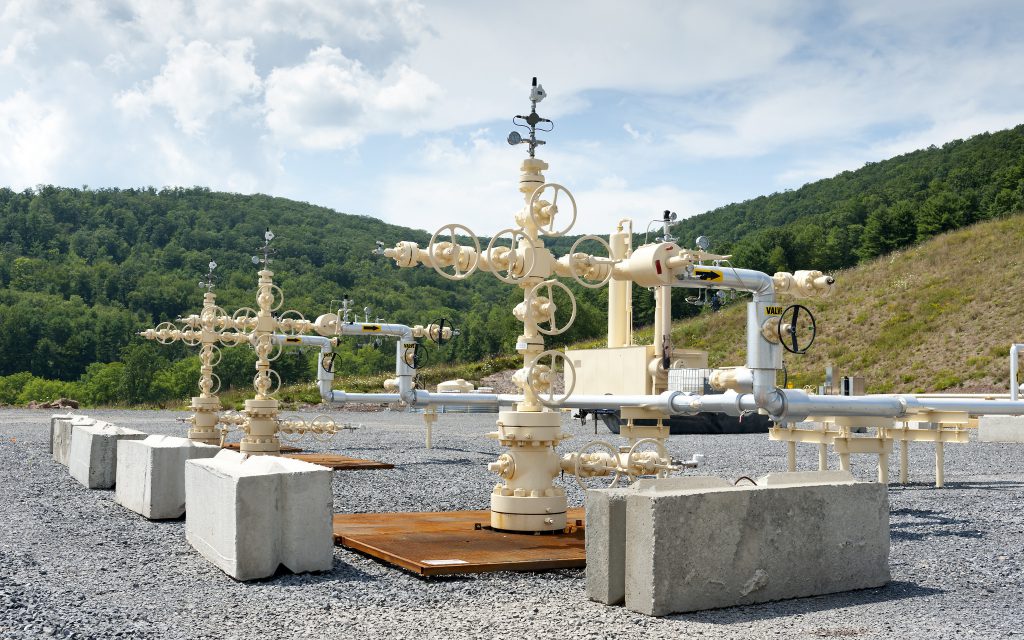Playing with fire in the Middle East for short-term gain at home
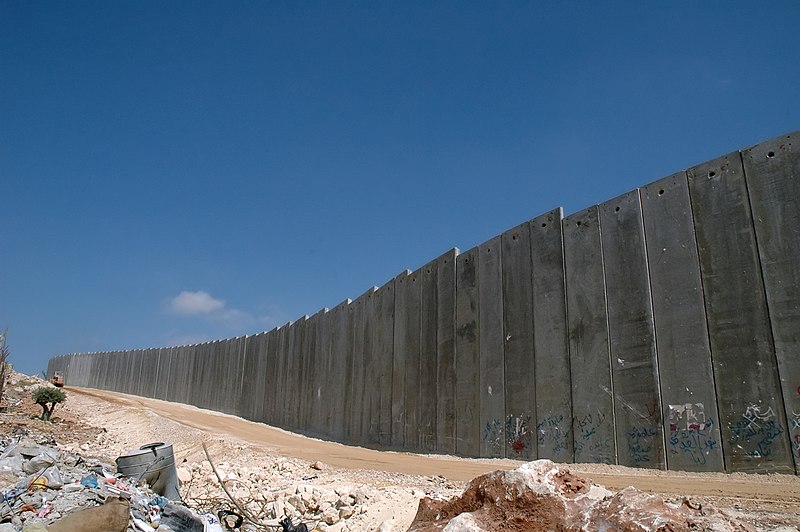
Prime Minister Scott Morrison’s suggestion that Australia might recognise West Jerusalem as Israel’s capital won’t contribute to peace in the Middle East and has dangerous ramifications for Australia.
As has been extensively reported in Australia’s media, the proposal was clearly intended to influence voters in the Wentworth by-election, putting party interests ahead of Australia’s national interest. But this was not a vote-winner even in a seat with a very large Jewish voting population.
Morrison spoke of his discussion with Israel’s Prime Minister Benjamin Netanyahu and his ‘recognition’ of the Jewish community’s ‘real concern’ following his meetings with the Israeli lobby groups but he has completely disregarded Palestinian President Mahmoud Abbas and the Palestinian, Arab and Muslim communities. That’s not fitting for a responsible prime minister who should be for all Australians and for Australia’s standing internationally.
Even the numbers don’t stack up. According to research I conducted based on the results of the last federal election and census, the Jewish community in Australia comprises around 91,000 people, less than 0.4% of the total population, and can influence two federal seats; while the Muslim community of 600,000 is over 2.4% of the population and can influence 27 federal seats, 20 of them marginal.
However, the Jewish, Arab or Muslim communities are not homogeneous in their voting.
Australian public opinion has repeatedly shown in surveys taken for more than 10 years that the majority are on the side of Palestinians and not Israel.
The result of the United Nations vote on whether Palestine should chair the G77 should alert Mr Morrison to the fact that Australia’s blind support for Israel is damaging to its credibility and international reputation. In that vote, 146 countries voted in favour of Palestine taking the chair. Only three—the United States, Israel and Australia—voted against, and 15 abstained.
There’s no moral, logical, commercial or national interest to justify Australia’s biased policy towards Israel and Netanyahu’s government.
It’s time for the Australian government and the opposition to review their Middle East policies and adopt an independent and credible policy based on Australia’s national interests, respect for international law, UN resolutions and the goal of international peace.
Morrison said he’d proposed to Netanyahu that defence attachés be appointed in the Australian and Israeli embassies to further enhance cooperation on defence. But defence relations with Israel, an occupying power, reflect poorly on Australia’s defence force and should be stopped.
The government cannot claim to support a two-state solution but then recognise one party and not the other, especially when Israel is swallowing what remains of the other state by planting Jewish colonies on what should be its territory.
If Morrison and his government are sincere in their commitment to a two-state solution, with West Jerusalem as Israel’s capital and East Jerusalem as Palestine’s capital, then they need to recognise the state of Palestine and have Australian embassies in both parts of the city.
By doing that, Australia would play a constructive role, gain respect and lead the way internationally.
The state of Palestine is recognised by 138 countries, including the Western nations of Sweden, Iceland and the Vatican, and our neighbours Indonesia, Malaysia, China, Thailand and the Philippines. It’s also a full member of the League of Arab States, the Movement of Non‑Aligned Countries, the Organization of Islamic Cooperation, the Group of Asia‑Pacific States and the Group of 77. Australia recognised Israel even though it was declared unilaterally and without its borders being defined.
To recognise West Jerusalem as Israel’s capital without at the same time recognising the state of Palestine will be nothing but appeasement to Netanyahu and his government and encouragement for the building of more settlements. They’ll continue their oppression and that will damage Australia’s interests and relations with Arab and Islamic countries and people.
As for Morrison’s undertaking to review Australia’s position on the Iran nuclear deal, Iran’s facilities are subject to rigorous international inspection and it’s repeatedly stated that its nuclear program is for peaceful purposes.
Iran and all the Arab countries are signatories to the nuclear non-proliferation treaty (NPT) and they all support a Middle East free of nuclear weapons.
Israel is the only state in the Middle East that possesses nuclear weapons. It refuses to sign the NPT and won’t comply with the many UN resolutions calling on it to allow international inspection of its nuclear facilities.
A report by the Counterproliferation Center at the US Air Force Air War College in September 1999 stated that Israel’s nuclear arsenal had grown from an estimated 13 nuclear bombs in 1967 to 400 nuclear and thermonuclear weapons. Israel possesses missiles which are capable of reaching most cities in the world with the support of its military satellites and its navy, which, according to the report, could deploy nuclear weapons on its six German-built submarines.
Australia should support the call for a nuclear weapons-free Middle East and urge Israel to sign the NPT, open its nuclear facilities to international inspection and get rid of its nuclear weapons.

